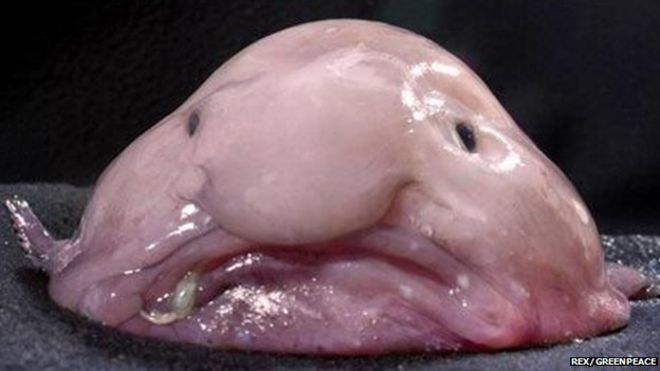Numbers of species (deer): over 100
Number of species (antelope): Exactly 135
Diet (deer): Any plants they can reach
Diet (antelope): Mostly any plant they can reach, but some species eat insects, small mammals, and birds
Range (deer): Anywhere on earth other than Antarctica and Australia
Range (antelope): Throughout Africa and the Rocky Mountain region
Other differences: Antelope's horns are hollow, deer's antlers branch off, and deer shed antlers (so do prong horn antelopes)










